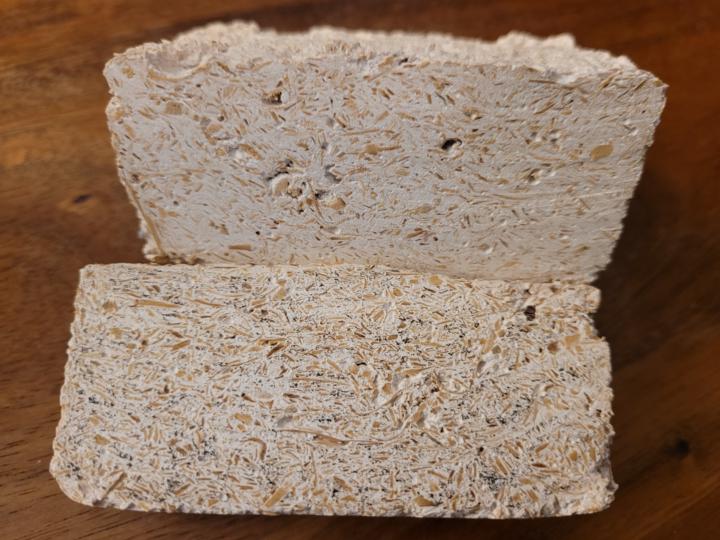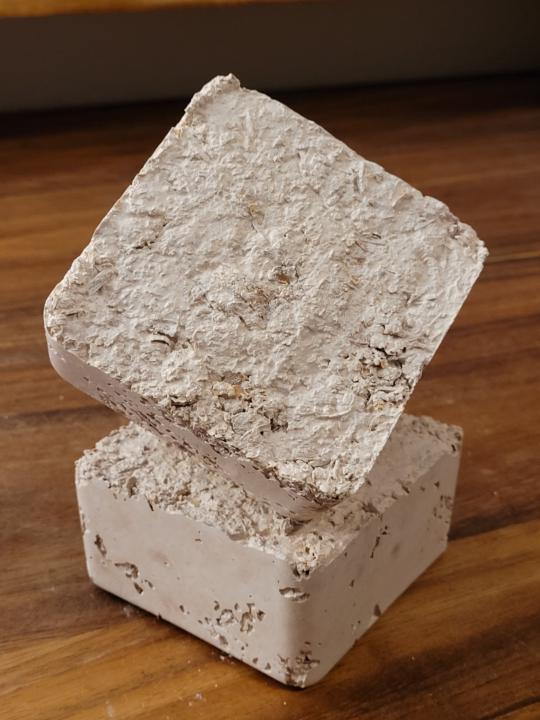Activity
Mon
Wed
Fri
Sun
Jan
Feb
Mar
Apr
May
Jun
Jul
Aug
Sep
Oct
Nov
Dec
What is this?
Less
More
Memberships
Building Resilience
92 members • $5/m
14 contributions to Building Resilience
Community Transition
Hey amazing members! I am loving all the cross-pollination ideas that is happening in this group! However, I am needing to reassess the value of this platform. It currently costs $100/ month and am considering moving this over to Circle where it would be free for me host. Im taking votes on how people feel about this platform and if you are getting value out of it, or if I should switch over. If I make the switch, it would be here in the next couple weeks! What do you think?
Poll
11 members have voted
Reminder!
Group brainstorm session and potential presentation from yours truly on Sunday 4pm MST :) Who will be joining us? ***update: this event is being cancelled due to lack of engagement. Will try for a weekday on may if that is a better time for people (let me know!)
Yes, you CAN cut geopolymer woodcrete with a normal saw!
One of the things @Tim White suggested to me was to focus on making a geopolymer block that could be cut with normal tools to make it easier to work in the field. I wanted to let the geopolymer woodcrete blocks "cure" for a few weeks to ensure full strength before doing any destructive testing on them. Today I tried cutting the block using a carbide wood-cutting blade. I am happy to report that the material cut readily without any sparks or difficulty in doing so. Yes, it was a bit dusty, but so is wood! And because the geopolymer cement itself is made from amorphous silicates, the dangers associated with inhaling the dust are quite a bit lower than with crystalline alumino-silicates - still not great to inhale ANY kind of dust, but it's no where near the danger levels of crystalline silica or silicates like asbestos. By the way, don't fool yourself into thinking wood dust is benign - there is often a lot of silica in wood as well, especially in tropical hardwoods. It's really best to NOT inhale any dust of any kind ;).

3 likes • Apr 25
@Martin Titiana Had to translate the above - Google translate to the rescue: "Thanks for sharing, David, that's a really insightful idea! It's great to see innovation focused on real-world usability. The ability to cut geopolymer wood concrete using standard tools is a huge step toward making alternative building materials more accessible to craftspeople. I also appreciate the attention to dust safety, which is an important reminder for everyone working in this field. I look forward to seeing how this material develops!" I love that we have folks from diverse backgrounds and cultures in this group! Together we can tackle the tough problems that we have, frankly, caused ourselves, but divided as a society, we are sure to fail. Keep up the engagement and add your experiences to the conversation - love it!
Geopolymer Woodcrete!
I made a few test samples of geopolymer woodcrete! This is one of the possible products I'm exploring made from geopolymers. The goal is to make a block similar to hempcrete, but with some additional goals: 1. Use wood chips from recycled/upcycled wood instead of hemp hurds, primarily to reduce the cost while still benefiting from the carbon sequestration and insulating properties of incorporating natural plant fibers. 2. Create load bearing blocks that have compressive strength at least as high as adobe, but possibly higher. Would be ideal if it approached compressed earth blocks. 3. Create a material that is more robust and able to handle direct exposure to the elements 4. Benefit from faster curing times over lime-based materials - not necessary to wait for days, weeks or months for the material to dry I've created a YouTube playlist with the videos for this series.

1 like • Apr 14
The geopolymer materials are definitely more expensive than hydraulic lime, but the wood chips/shavings are about a tenth of the price of hemp hurd, and probably less than that in bulk. I need to dial in the exact ratio of geopolymer to wood chips to get a better handle on the price. I think I can go with a smaller amount of geopolymer than I did for these samples. A bit more experimenting and I'll have a rough price estimate!
1 like • Apr 25
Yes, I'm familiar with this archeological angle. Professor Joseph Davidovits, the grandfather of modern geopolymer research, has done extensive research on the possibility of ancient civilizations known for their megalithic structures using geopolymers to achieve the level of perfection we see in their constructions. It's controversial, but far more plausible than ancient aliens 👽! Given the fact that these civilizations had only stone or, at best, bronze tools, it's hard to see how they could have moved and shaped stone blocks that weigh hundreds of tons with such precision that the joints are perfect with no gaps. Unless they were cast in place! Heck, we have a hard time doing that with our modern tools and equipment.
Peace
Hi, I'm Fonna from the Silicon Valley, Bay Area. I am an artist/musician who is in love with eco-sustainable home design and development. I had a strong love affair with interior design as a youth, which led me into my intrigue behind designing homes, using ancient knowledge and wisdom, patterns, natural elements, and embodiment to create living spaces. I recently heard a term that helps me understand my connection to nature's designs - spatial consciousness. Yes, this sounds about right! This community will assist me in aligning all of these components; I can feel that. Thank you ahead for your time.
3 likes • Apr 24
Yes - welcome Fonna! "Spatial consciousness" - I love that term. We all went from being hunters and gatherers who had no choice but to be keenly aware of their surroundings - a very high level of spatial consciousness - to a society that did everything they could to dominate and insulate themselves from the natural world. Yes, this was because the natural world presents hazards and it's much more comfortable to be in a well-insulated and highly conditioned space (especially in Phoenix in the summer), but now we are so disconnected that we keep seeking ways to reestablish this connection without giving up the creature comforts. We can do this!
1-10 of 14
@david-winterbourne-2488
Geologist by training, software engineer and engineering leader professionally. Passionate about building science and sustainable practices.
Active 214d ago
Joined Feb 12, 2025
Queen Creek, AZ
Powered by



